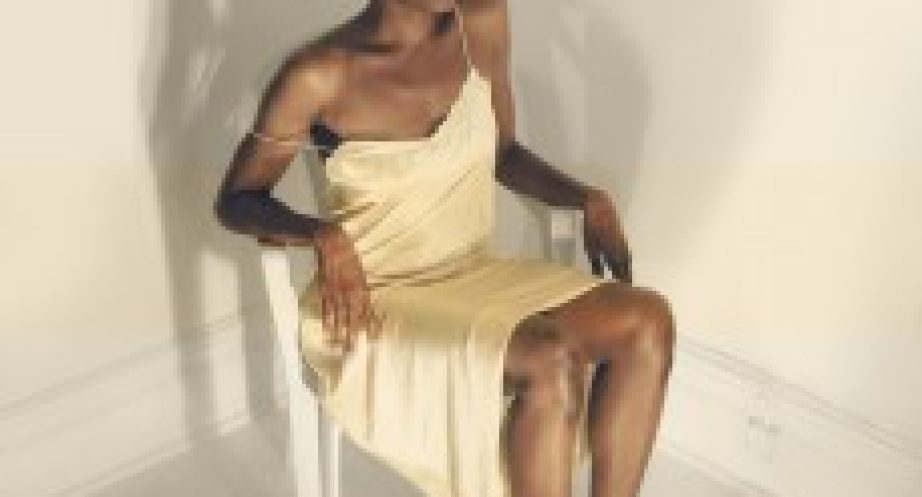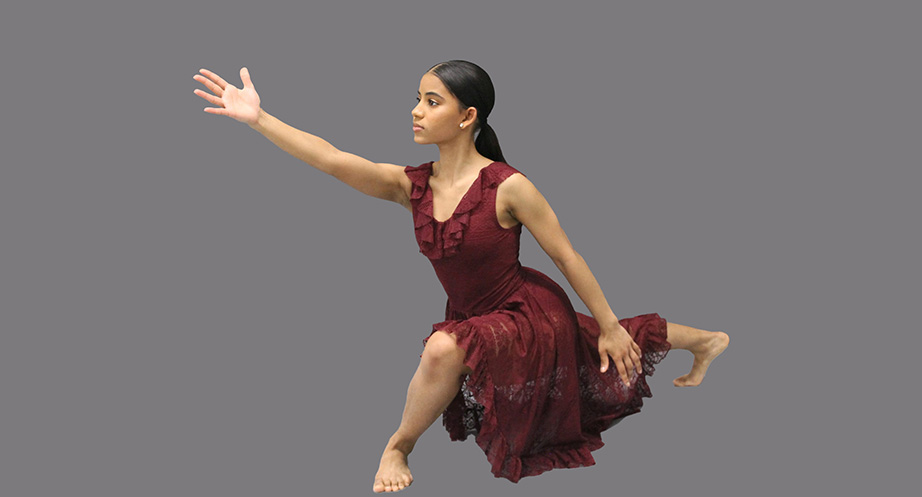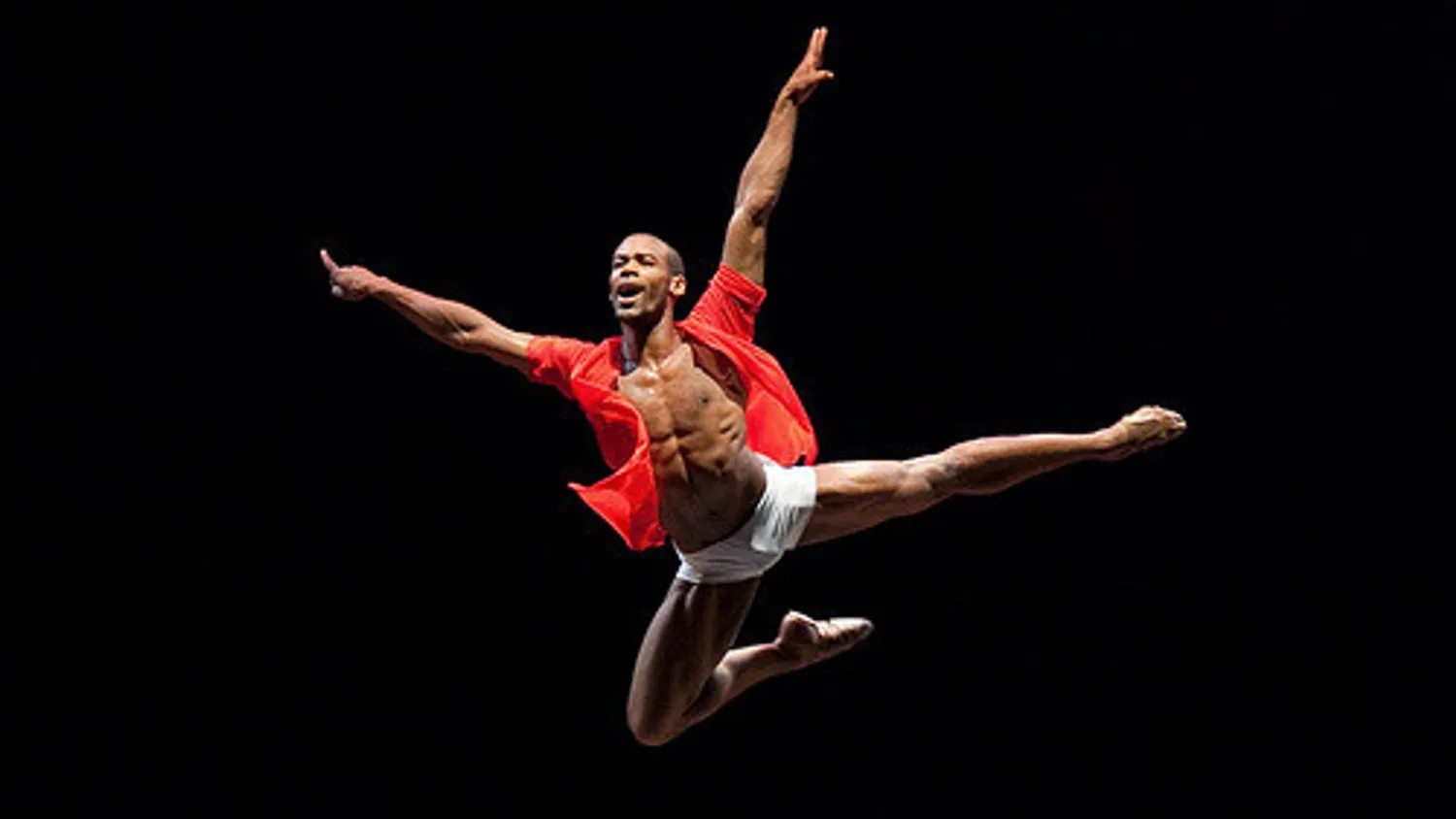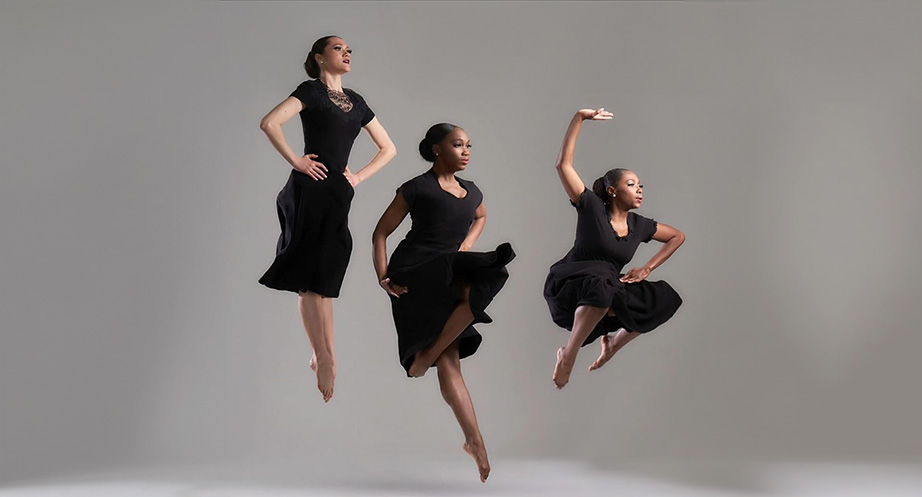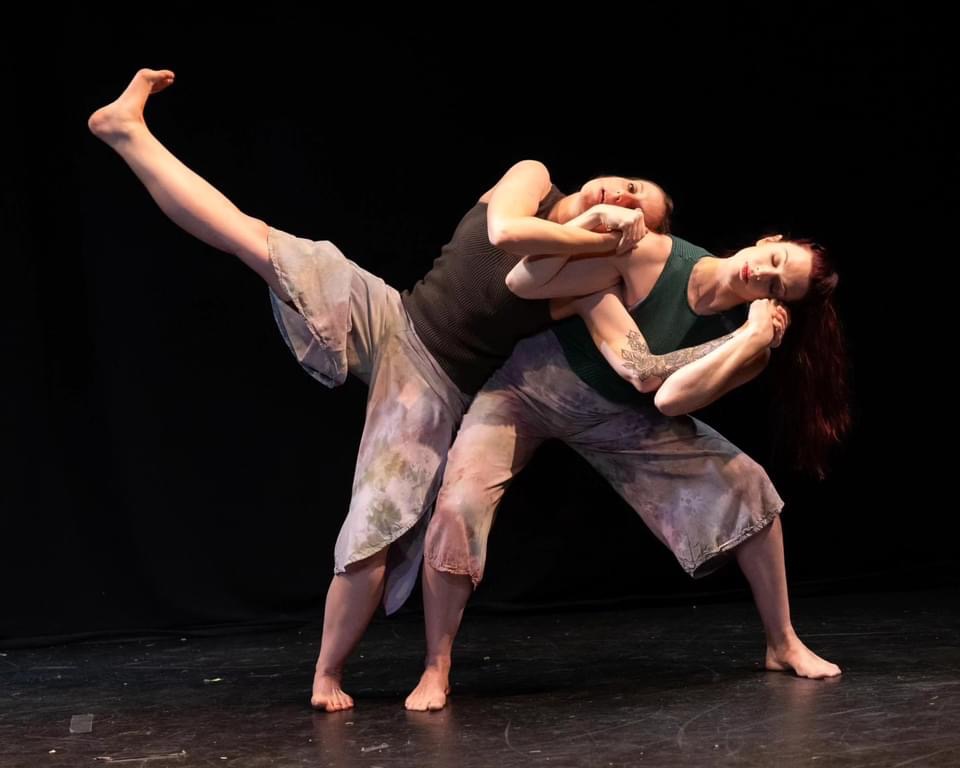This weekend the wildly accomplished Brooklyn-based writer and performer Okwui Okpokwasili brings her acclaimed show, Bronx Gothic, to FringeArts for what will undoubtedly be a powerful, unflinching performance. Developed through a series of residencies, the show finds Okpokwasili employing storytelling techniques that recall West African griot oral traditions as well as Victorian gothic novels to render a portrait of two black girls on the brink of adolescence in 1980s outer-borough New York City. Through a series of notes passed between them in class, Okpokwasili probes the young friendship in all of its love, cruelty, innocence, and curiosity, as sex becomes a growing concern for both. “In popular imagination urban dwelling, gum chewing, subway hopping, loud and independent young brown girls were not the symbol of innocence that I grew up with,” Okpokwasili told FringeArts back in November. “I wanted to make an argument for a brown girl innocence, charged and precocious and dreamy.”

Okwui Okpokwasili, Photo by Peter Born
According to the Maggie Allesee National Center for Choreography’s website, during her time there as a Choreographic Fellow Okpokwasili explored thematic notions such as “assumptions and expectations that come with an ‘African’ or ‘African American’ subject/body, the possibilities of interchange between the performer and audience, how the performance space could be designed to reflect intimacy that is inviting but slightly unsettling, and the ways in which she might build a one woman performance piece that interrogates the possibilities and the limitations of this particular framework,” as they related to Bronx Gothic. With the assistance of director and designer Peter Born, it’s remarkable how effective she was at engaging these ideas in the show. In the aforementioned interview Okpokwasili noted, “The whole piece is about a kind of public/private space—the movement between someone presenting something to an audience and then in the midst of presenting, getting lost in the disorderliness of their memory.” Though each aspect of the show’s presentation—from its dreamlike set and lighting design, to its unsettling and effective use of movement—is integral to its power, perhaps the most vital of the thematic concerns Okpokwasili set out to explore is the interrogation of assumptions that come with an African or African American subject.
Throughout history there has been, and sadly continues to be, an alarming ignorance in mainstream consciousness of black female voices speaking to their own experiences—through performance art, through literature, through academic writing—and Okpokwasili is well aware of this shameful oversight. She provided a list of influential writings that informed Bronx Gothic, many of which speak directly to this issue or work to alleviate it. Below you’ll find the list, a mix of literature, academia, and journalism:
- Sula by Toni Morrison
- “Redressing the Pained Body: Toward a Theory of Practice” from Scenes of Subjection by Saidiya V. Hartman
- The Color Purple by Alice Walker
- Dracula by Bram Stoker
- “The Radical Vision of Toni Morrison” by Rachel Kaadzi Ghansah for The New York Times Magazine
- Playing in the Dark: Whiteness & the Literary Imaginations by Toni Morrison
- “Interstices: A Small Drama of Words” from Black, White, and in Color by Hortense Spillers
I won’t be able to say with much certainty how each work influenced the show until this weekend, but until then I’d like to briefly examine the last three, each of which speaks to the need for works of art like Bronx Gothic.

Toni Morrison, Photo by Katy Grannan for The New York Times
“The Radical Vision of Toni Morrison”
Easily one of the world’s greatest living writers, Morrison has spent her entire career championing black voices in literature, first as an editor at Random House and later as the masterful writer we recognize her as today. In her recent profile for The New York Times Magazine, journalist Rachel Kaadzi Ghansah articulates the vital role Morrison and the writers she helped provide a space for in publishing serve, as well as the dire need for such a space to continue to grow. In a particularly affecting passage that seems to ring truer and truer with each passing day, she writes, “For decades Morrison has reflected back to us what it’s meant to be on the other side of this country’s approved history. When young white men again sing songs about lynching black men without being able [to] recall who taught them those songs, and the hateful origins of the N-word are erased by a convenient amnesia to allow its constant use by outsiders, who will tell the stories we don’t tell ourselves?”
Playing in the Dark: Whiteness and the Literary Imaginations
Morrison’s work, however, does not simply stand in opposition to outright bigotry, but rather the persistent, pervasive whitewashing that has been forever intertwined with the literary establishment, whether intentional or under the guise of sensitivity to the topic of race. In her book Playing in the Dark, Morrison argues, “A criticism that needs to insist that literature is not only ‘universal’ but also ‘race-free’ risks lobotomizing that literature, and diminishes both the art and the artist,” adding, “All of us, readers and writers, are bereft when criticism remains too polite or too fearful to notice a disrupting darkness before its eyes.”
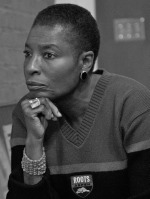
Hortense Spillers, Photo by Lucius Outlaw
“Interstices: A Small Drama of Words”
The marginalization of black voices, specifically black female voices, is not just persistent in the world of art. In her essay “Interstices: A Small Drama of Words,” Hortense Spillers points to the troubling shortcomings of nonfictional feminist discourse to speak to the needs and experiences of black women, particularly when it comes to the topic of sex: “With the virtually sole exception of Calvin Hernton’s Sex and Racism in America and less than a handful of very recent texts by black feminist and lesbian writers, black women are the beached whales of the sexual universe, unvoiced, misseen, not doing, awaiting their verb.” This problem is rooted in the unfortunate fact that, when it comes to nonfictional feminist works, the majority of writers are of Anglo-American descent.
Spillers goes on to make a point similar to that of Morrison’s in Playing in the Dark in that attempts at inclusivity often work to further alienate black women: “The prerogatives of sexuality are refused her because the concept of sexuality originates in, stays with, the dominative mode of culture and its elaborate strategies of thought and expression.” She employs this term “dominative mode” as a substitution for “race” or “racism,” because this alienating force within the discourse may not be an active attempt to force women of color out of the conversation, but is instead a kind of passive ignorance of their experiences under the guise of objectivity. When dealing with a subject where specificity is essential, any employment of universal terminology is going to be inherently rooted in that society’s dominative mode. “Because black American women do not participate, as a category of social and cultural agents, in the legacies of symbolic power, they maintain no allegiances to a strategic formation of texts, or ways of talking about sexual experience, that even remotely resemble the paradigm of symbolic domination, except that such paradigm has been their concrete disaster.”
Each of these pieces speaks directly to the still-persistent need for opportunities for black female writers to share black women’s experiences—with sex, with everything. In Bronx Gothic Okwui Okpokwasili presents hers to remarkable effect and with this list of valuable writings she highlights why this need is so imperative. I have only just begun to unpack the wealth of valuable ideas these works contain in this post and encourage you to explore further.
The post The Bronx Gothic Reading List appeared first on Fringe Arts.
- Always the Same and Never the Same: An Interview with Jérôme Bel - March 7, 2018
- Fragments of Unrest: An Interview with Olivier Tarpaga - October 4, 2017
- John Szwed: Notes on John Coltrane’s A Love Supreme - September 19, 2017

